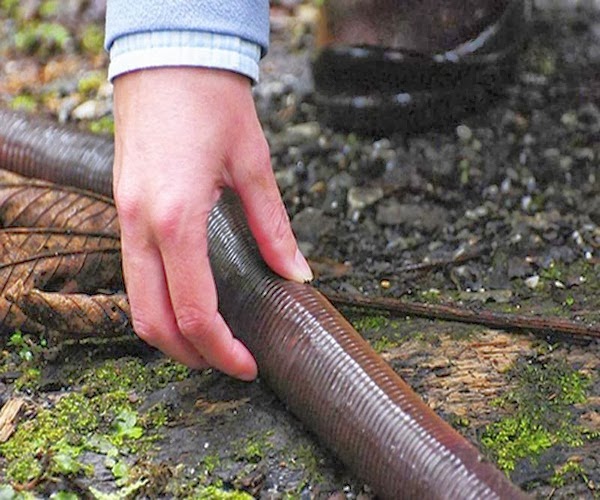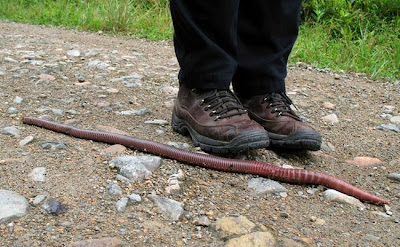

This species has limited movement within discrete sites and does not move large distances to new areas.

The Giant Gippsland Earthworm spends most of its life within the top 1.5-metres of soil, feeding on roots and soil organic matter. Suitable habitat for the species is restricted to very small areas generally, in moist, blue-grey clay soils on flats and above the flood level near the banks of streams or along soaks and watercourses on south or west-facing slopes.Īlthough the Giant Gippsland Earthworm prefers moist soils it is not commonly found on frontages of larger waterways, it cannot survive in water-logged soils or areas subject to seasonal flooding but may be found in small pockets of clay soils in the upper terraces.Īt present there is no definitive life span age but it is thought to live beyond 10 years possibly to 20 years. Key areas for Giant Gippsland Earthworm Baw Baw Shire, South Gippsland Shire, Bass Coast Shire. (view records VVB 2019)

It is no longer is found in many areas where it was previously recorded and numbers have declined in many of the remaining populations. Most records of Giant Gippsland Earthworm occur on private land, although it is known to occur on some areas of public land e.g. Known distribution of Giant Gippsland Earthworm (VBA 2019) The Giant Gippsland Earthworm range is confined to an area of approximate 400 square kilometres in West Gippsland, Victoria but the viable habitat areas are very small and often fragmented. It has a diameter of up to 2 cm and usually a body length of 80 to 150 cm although specimens of up to 2 metres have been recorded. The Giant Gippsland Earthworm has a purple-coloured head region and pinkish-grey body. This species requires careful conservation measures as it is difficult to study and can easily be damaged due to handling. It is also a species which dies in captivity and is not suitable for captive breeding, making it even more important to retain existing populations.Īs development of land continues in West Gippsland special care is required to ensure the Giant Gippsland Earthworm continues to survive. It is rarely seen due to its underground life cycle but sometimes can be heard as it moves beneath the ground. It is one of the largest earthworms in the world, often exceeding one metre in length. The Giant Gippsland Earthworm Megascolides australis is only found in small areas of South and West Gippsland, Victoria.


 0 kommentar(er)
0 kommentar(er)
